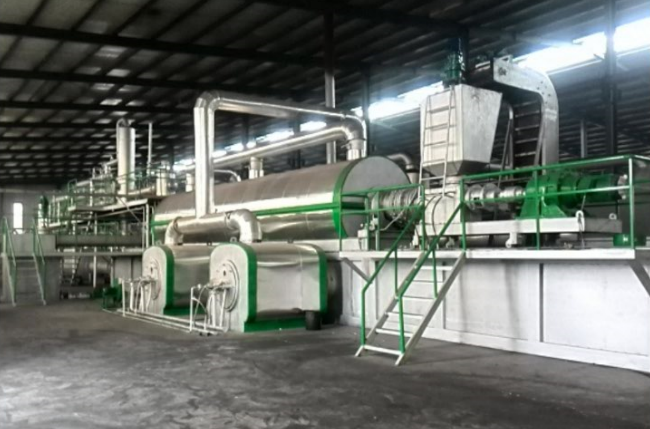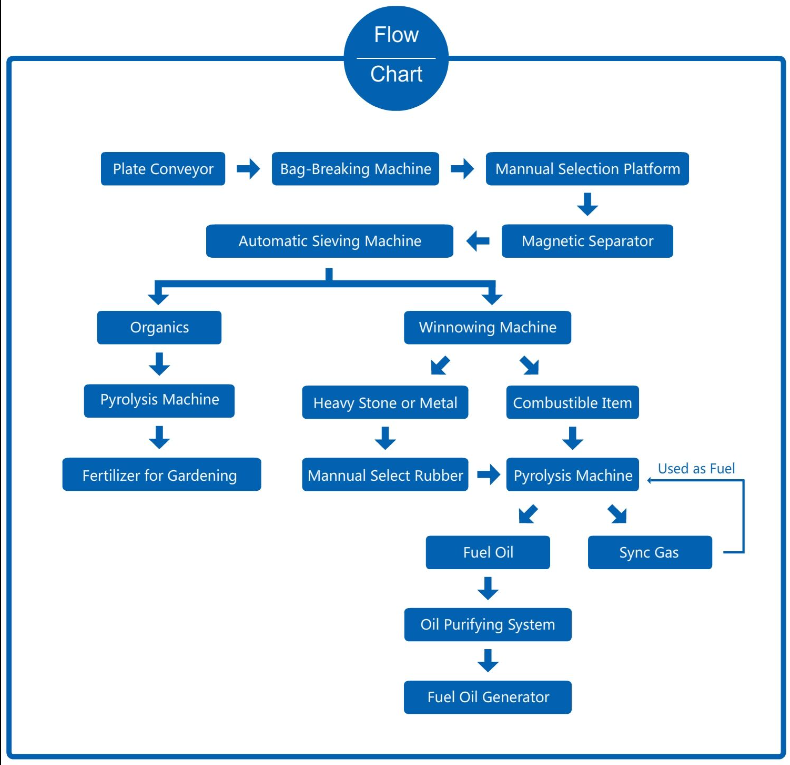It is expected that the global lithium-ion battery revenue will increase from US$11.8 billion in 2010 to US$53.7 billion in 2020. The 2015 revenue will increase to 31.4 billion U.S. dollars, surpassing the current dominant battery technology: lead acid.
Although lithium ion will be widely used in mobile electronic products such as mobile phones and notebook computers, automotive applications will make a major contribution to its sales growth.
At present, the cost of lithium ions is much higher than other technologies, which is two to three times that of sodium-sulfur, lead-acid, and nickel-metal hydride batteries. However, the price of lithium-ion technology will decline faster than other technologies, and will be equal to other technologies by 2015, and will be the lowest-cost type of rechargeable battery by 2020. The inherent advantages and increasingly cost-competitiveness will prompt automakers to use lithium-ion as the battery technology of choice for their future electric and hybrid vehicles.
Lithium: Lithium ions, which seem to be dedicated to cars, have many advantages over other rechargeable battery technologies.
These advantages include a more flexible form factor and lighter weight. In addition, lithium-ion batteries have no memory effect and retain full capacity after they are not fully charged. Finally, lithium-ion batteries are generally considered more environmentally friendly than other technologies.
These characteristics make lithium ion particularly attractive for electric cars, hybrid cars and plug-in hybrid vehicles.
Therefore, by 2015, the car will be the major market for lithium-ion batteries, surpassing the current number one application notebook.
The success of lithium ion in the field of electric and hybrid vehicles The current mainstream battery technology used in hybrid vehicles is nickel-metal hydride batteries. In 2010, shipments of hybrid vehicles using such batteries exceeded 1 million units, representing Toyota Prius.
However, with the lithium-ion battery starting to take off, the future Ni-MH battery shipments in the hybrid vehicle market will not increase.
One concern with the use of first-generation lithium-ion batteries in automobiles is safety. Due to the high temperature environment, the use of existing lithium-ion battery materials may present a fire hazard. There are documented records showing that lithium ion batteries in small devices such as PCs and cell phones had caught fire.
In order to achieve acceptable levels of safety for electric and hybrid car batteries, lithium-ion battery manufacturers must take measures to avoid internal short circuits that may cause external damage. These measures include improving power generation control during discharge and strengthening management of fast charging.
Although cars will be the number one market for lithium-ion batteries, laptops and mobile phones will remain their main markets.
Other major applications for lithium-ion batteries include solar systems, smart grids and power tools.
Living Garbage Processing Equipment
Living garbage disposal equipment
With the development of increasingly urbanization , the amount of garbage increased geometrically. Incineration method gradually lost the market since the dioxin and toxic produced by incineration causing irreversible effects on the environment, and for landfill, some garbage is difficult to degrade, which even takes hundreds of years, we cannot afford this even though China has a vast territory, because land is a valuable non renewable resources.
After continuous efforts, Shangqiu Jinpeng industrial Co., Ltd developed a special biomass pyrolysis equipment for domestic waste treatment. After treatment by the equipment, can get about 20% of the oil profits from domestic waste, and in the process, through the low temperature anaerobic biomass pyrolysis of domestic waste harmless treatment, to ensure environmental health.

Flow chart for living garbage disposal equipment

Living garbage disposal equipment has two system:
1. Garbage Sorting System
The equipment is applied to separate organic waste and inorganic waste from large-size refuse and processing them separately.
2. Biomass Pyrolysis Equipment
2.1 The combustible waste after sorting and shredding such as life rubber, plastics and knitted fabrics is conveyed into the low-temperature and anaerobic biomass decomposing processor. Through catalyzing and heating, oil gas is produced and then condensed into oil mixture by condenser. The remaining that can`t be liquefied is processed through gas purification system and then used to generate electricity by gas generator. The smoke after burning goes into smoke scrubbers so as to remove acid gas and dust, and then is discharged through chimney when it reaches relevant environmental standards. The residue from biomass decomposition is conveyed into carbon black collecting tanks through sealed screw, without any pollution.
2.2 The technical parameter of Biomass Pyrolysis Equipment
|
NO. |
ITEM |
Technical Parameter |
|
1 |
Suitable Raw Materials |
Small pieces of Waste tire, rubber, waste plastic≤5cm |
|
2 |
Operating Mode |
Fully Continuous Operation |
|
3 |
Structure |
Horizontal Type Revolve |
|
4 |
Loading and discharging |
Fully automatic feeding and discharging under high temperature at same time |
|
5 |
Capacity(24h) |
20-40Mt |
|
6 |
Work Pressure |
Slightly Negative Pressure |
|
7 |
Oil Yield of tyres |
40%-45% |
|
8 |
Reactor Rotational Speed |
1R/M |
|
9 |
Installation Power |
110kw/h |
|
10 |
Cooling Method |
Cycle water |
|
11 |
Type of Drive |
Sprocket Wheel |
|
12 |
Heating Method |
Direct |
|
13 |
Noise dB(A) |
≤85 |
|
14 |
Main Reactor Weight (MT) |
About 20Mt |
|
15 |
Total Weight(MT) |
About 45Mt |
|
16 |
Installation Space Required |
60m*20m |
|
17 |
Manpower |
2/shift |
|
18 |
Shipment |
5*40HQ |
|
19 |
Delivery time |
≤70Days |
Municipal Waste Recycling,Garbage Recycling Machine,Waste To Energy
Shangqiu Jinpeng Industrial Co., Ltd. , https://www.recyclings.nl